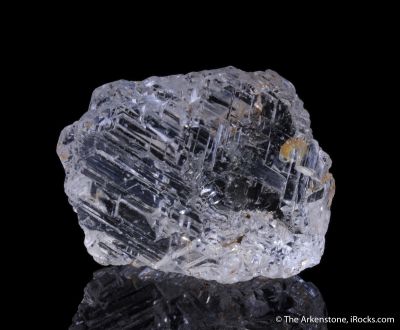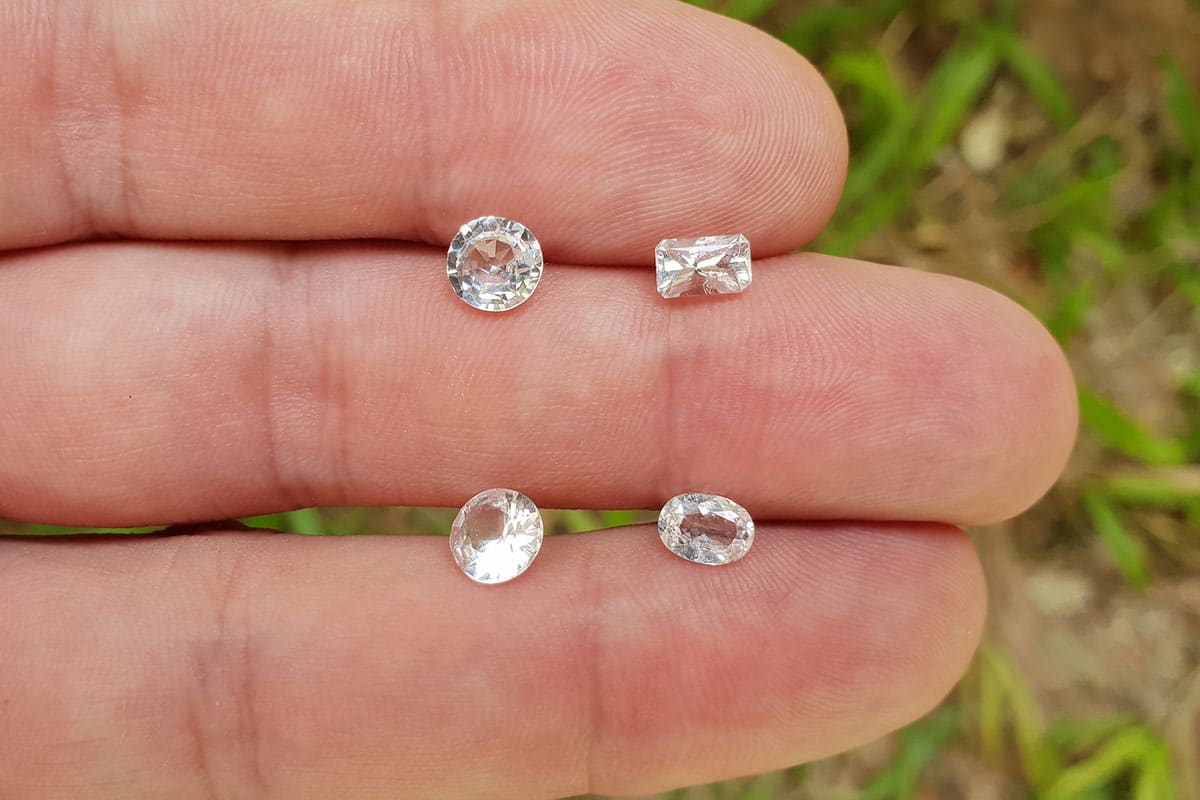
Fenakite - Phenacite -

A rather rare non-silicate mineral consisting of beryllium orthosilicate.
Buy natural stones in our store
Phenakite lab phenazite
Sometimes used as a gemstone, phenakite appears as isolated rhombohedral crystals with parallel hemifaces and a lenticular or prismatic habit: the lenticular habit is defined by the development of several blunt rhombuses and the absence of prisms.
There is no cleavage, the fracture is conchoidal. Mohs hardness is high, from 7.5 to 8, specific gravity is 2.96.
The crystals are sometimes completely colorless and transparent, but more often grayish or yellowish and only translucent, sometimes pale pink-red. In general appearance, this mineral is similar to the quartz with which it was actually confused.
The stone is a rare beryllium mineral that is not often used as a gemstone. Clear crystals are sometimes cut, but only for collectors. The name comes from the Greek word phenakos meaning to deceive or deceive. The stone got its name because of the striking resemblance to quartz.
Sources of Phenakite Gemstones
The gemstone is found in high temperature pegmatite veins and in mica schists associated with quartz, chrysoberyl, apatite and topaz. It has long been known for its emerald and chrysoberyl mines on the Takovaya stream, near Yekaterinburg in the Urals in Russia, where large crystals are found in mica schists.
It also occurs with topaz and Amazon stone in the granite of the Southern Urals and Colorado in the USA. Small single gem-quality crystals showing a prismatic shape have been found in beryllium dissolution quarries in South Africa.
Large crystals with a prismatic habit were found in a feldspar quarry in Norway. Alsace in France is another famous city. Even larger crystals with a diameter of 12 inches/300 mm and a weight of 28 lbs/13 kg.
For gemstone purposes, the stone is cut in brilliant form, two superb examples of which weighing 34 and 43 carats are kept in the British Museum. The refractive indices are higher than those of quartz, beryllium or topaz, so faceted phenakite is quite shiny and can sometimes be mistaken for a diamond.
Importance of Phenakite Crystal and Healing Properties of Metaphysical Benefits
The following section is pseudo-scientific and based on cultural beliefs.
Phenakite is great for treating nerve damage, brain imbalances, brain damage, and genetic disorders that limit brain function. It can help stimulate and enhance various aspects of brain function. Phenakite relieves pain and nausea caused by migraines and headaches.
Sale of natural stones in our gemstone shop
FAQ
What is phenakite crystal used for?
The energy of phenakite is also very stimulating when used in the third eye chakra. When used alone, it causes a strong impulse in the front of the brain.
Is phenakite rare?
This is a very rare silicate stone. While it may be light blue or yellow/sherry when it comes out of the ground, the color almost always fades when exposed to light. Phenakite is harder than quartz and, at a Mohs hardness of 7.5-8, is almost as hard as topaz.
What chakra is phenakite needed for?
The crystal is known as a powerful, intense and highly vibrating stone. It is known for its spiritual energy, which can activate the third eye and crown chakra, helping you access your far-sighted intuition and reach a higher level of awareness of the spiritual realms.
Quartz phenakite?
No. Is not. The stone is a rare beryllium silicate mineral first reported in 1834 by N. Phenazite, named after the Greek word for "deceit" due to the misidentification of the two stones. Color ranges include white, yellow, brown and colorless.
Leave a Reply